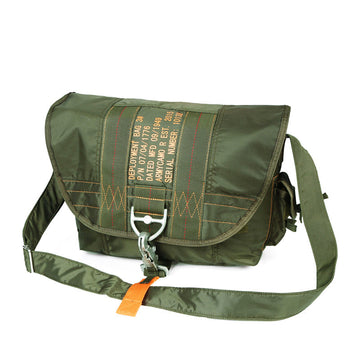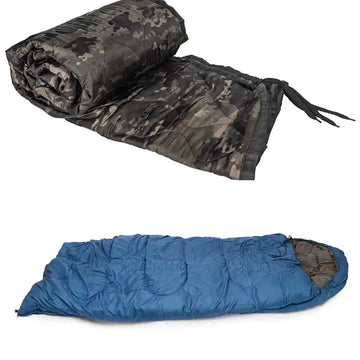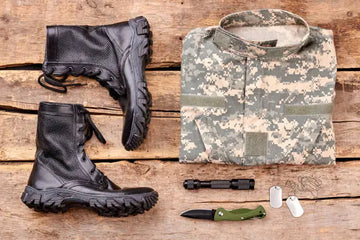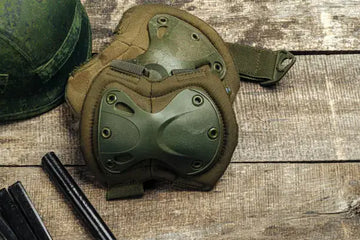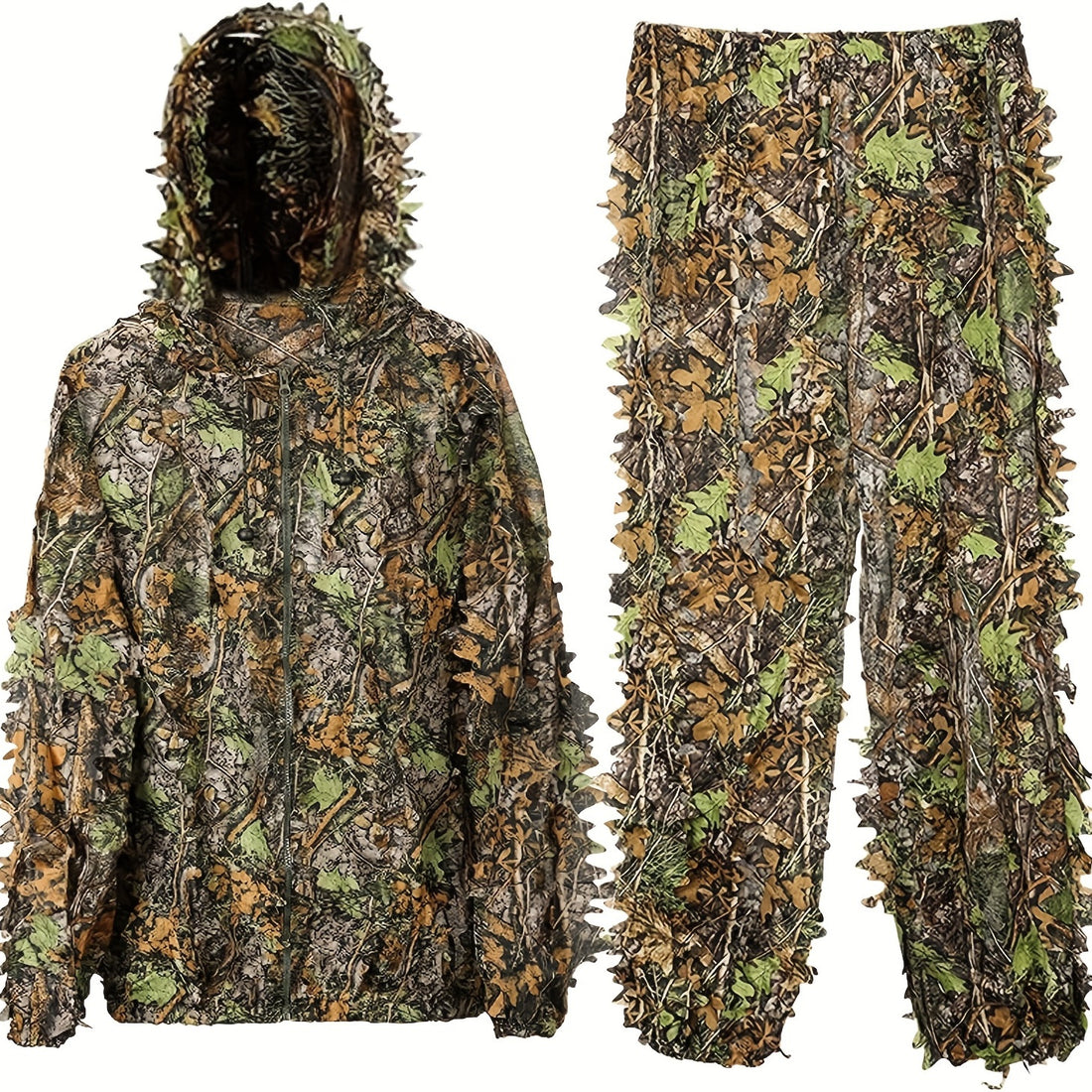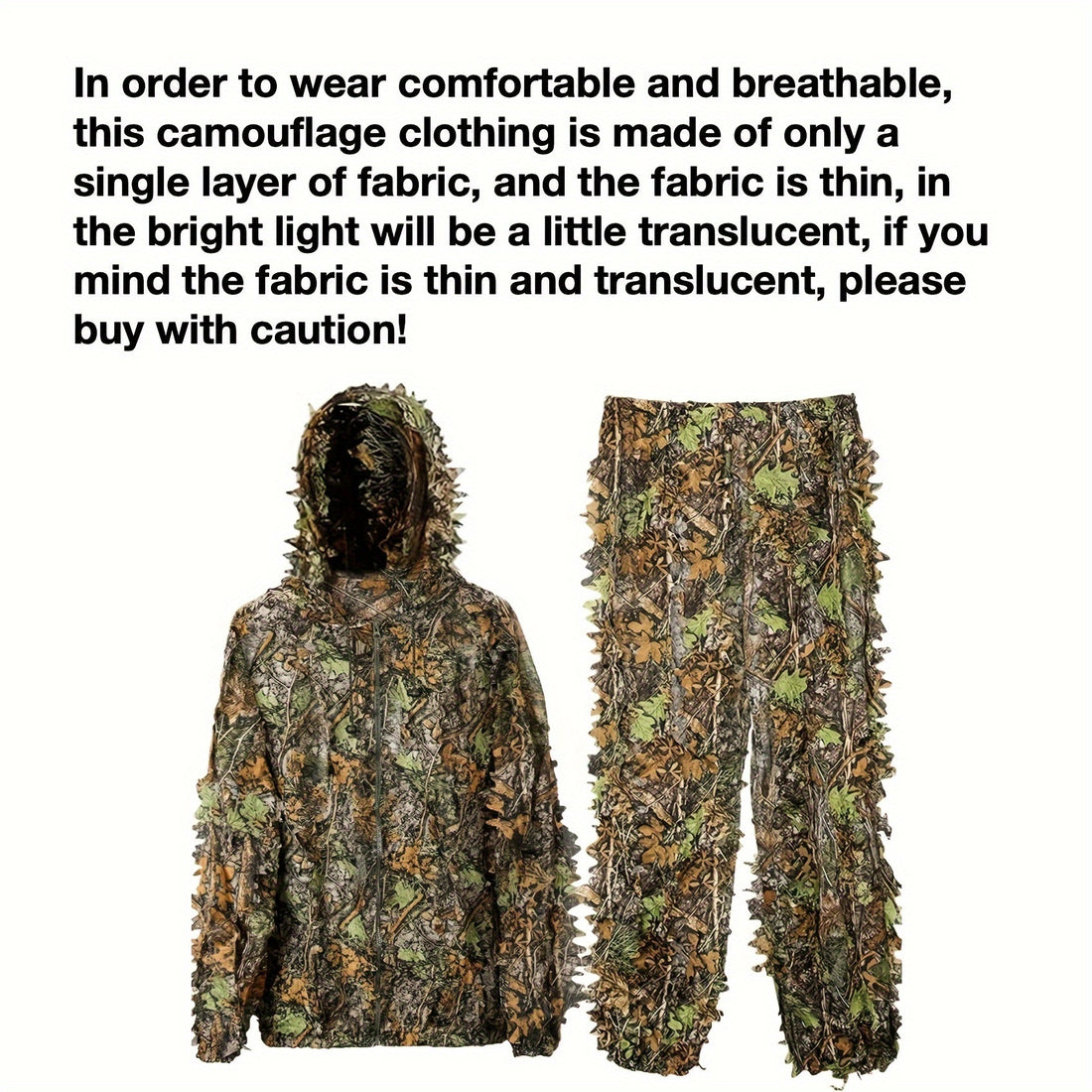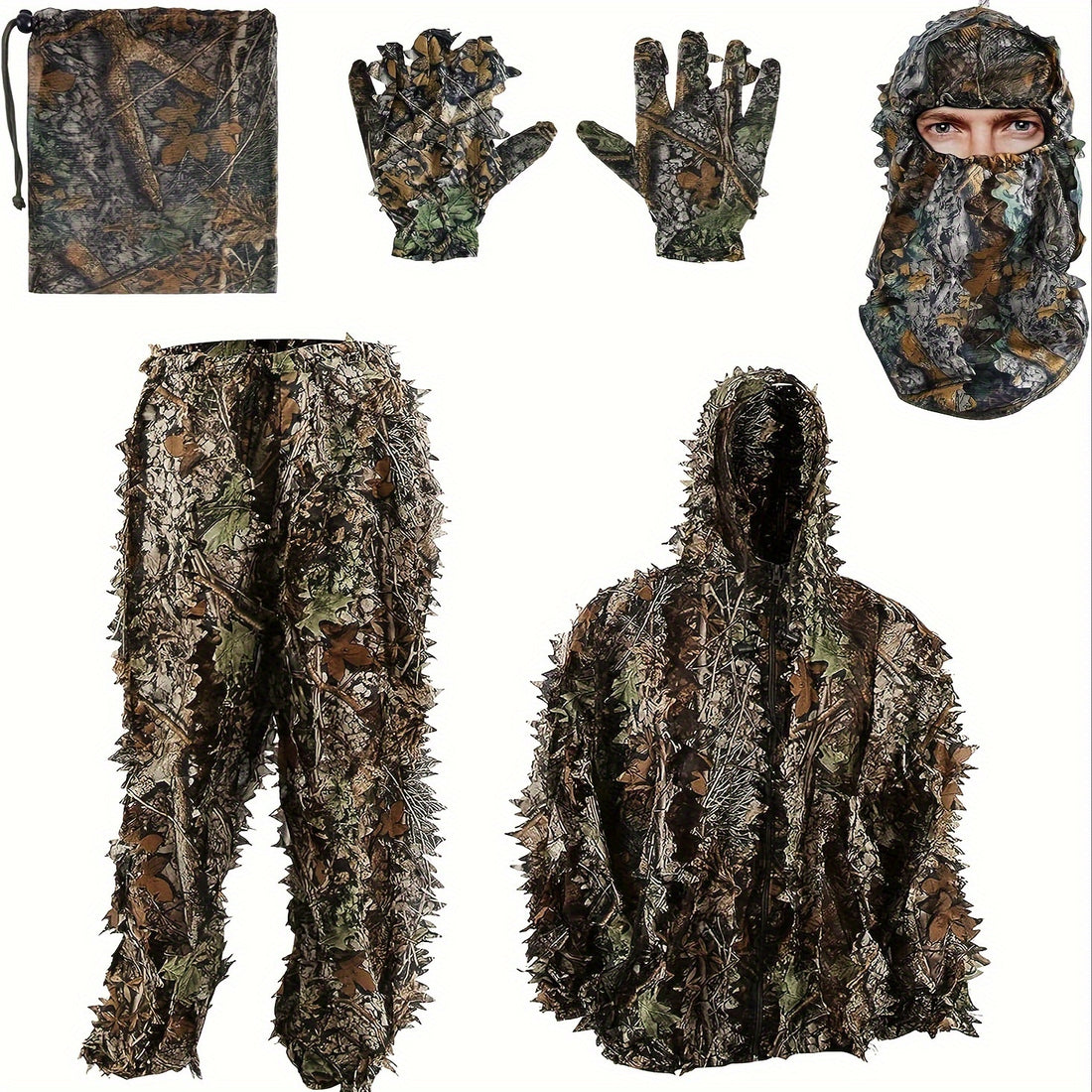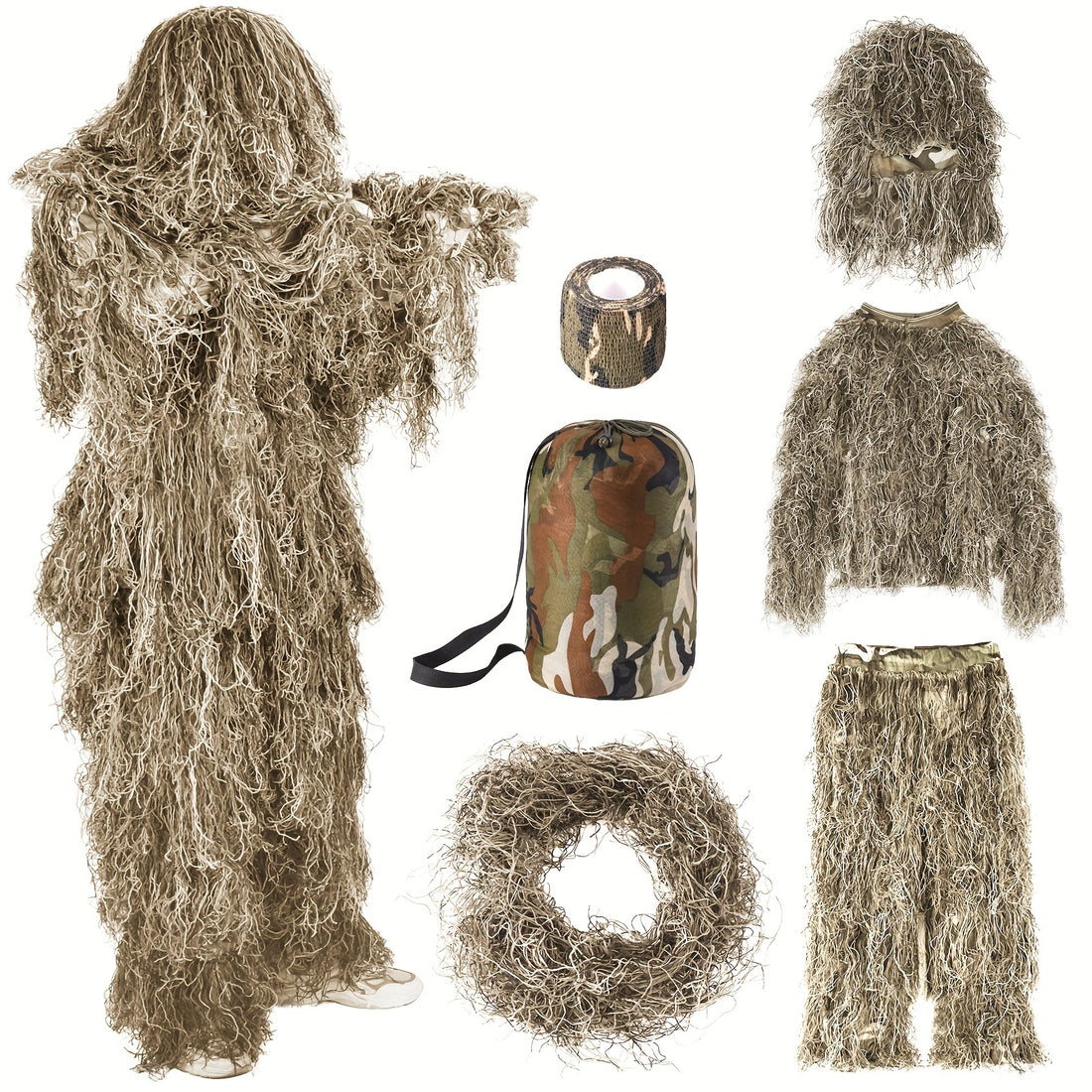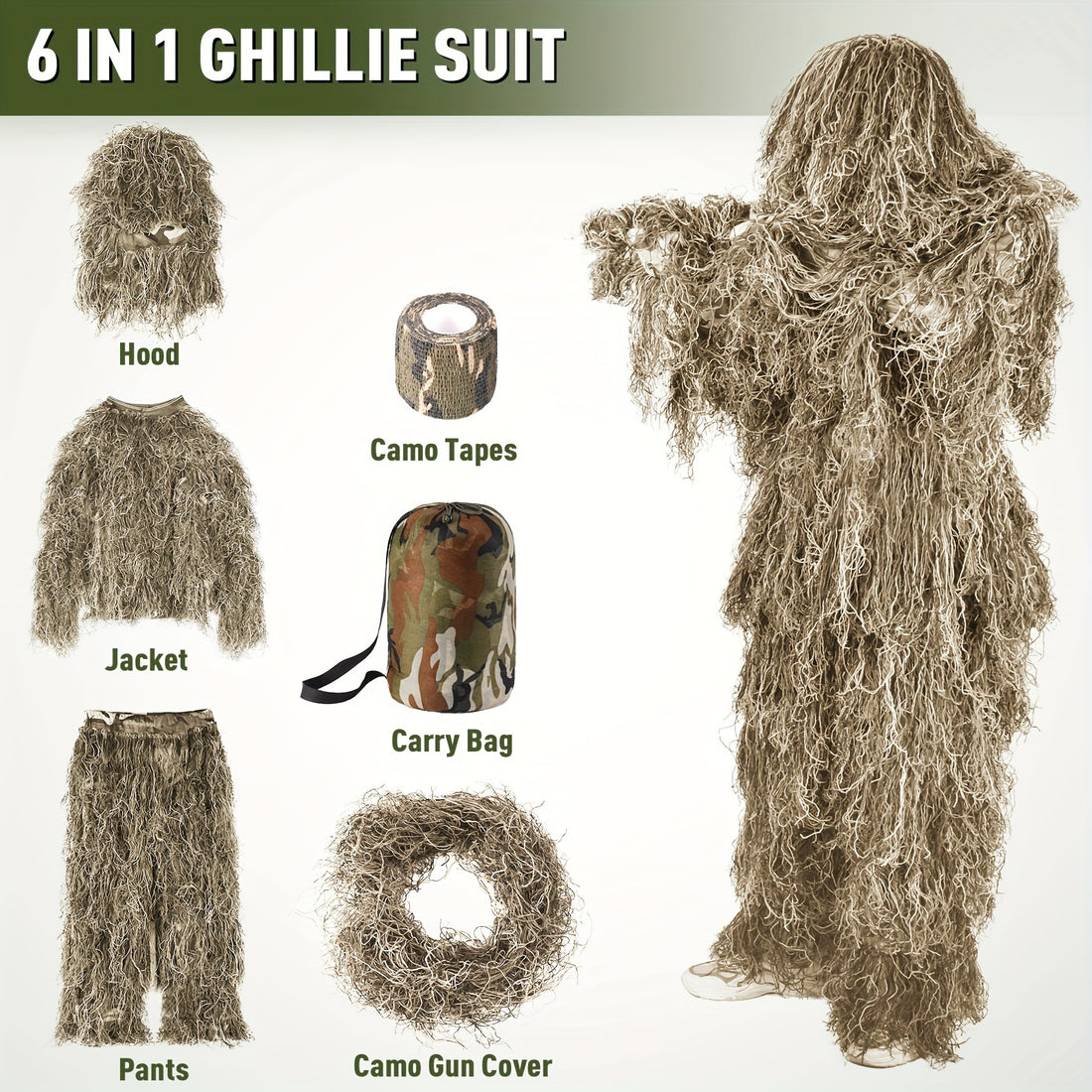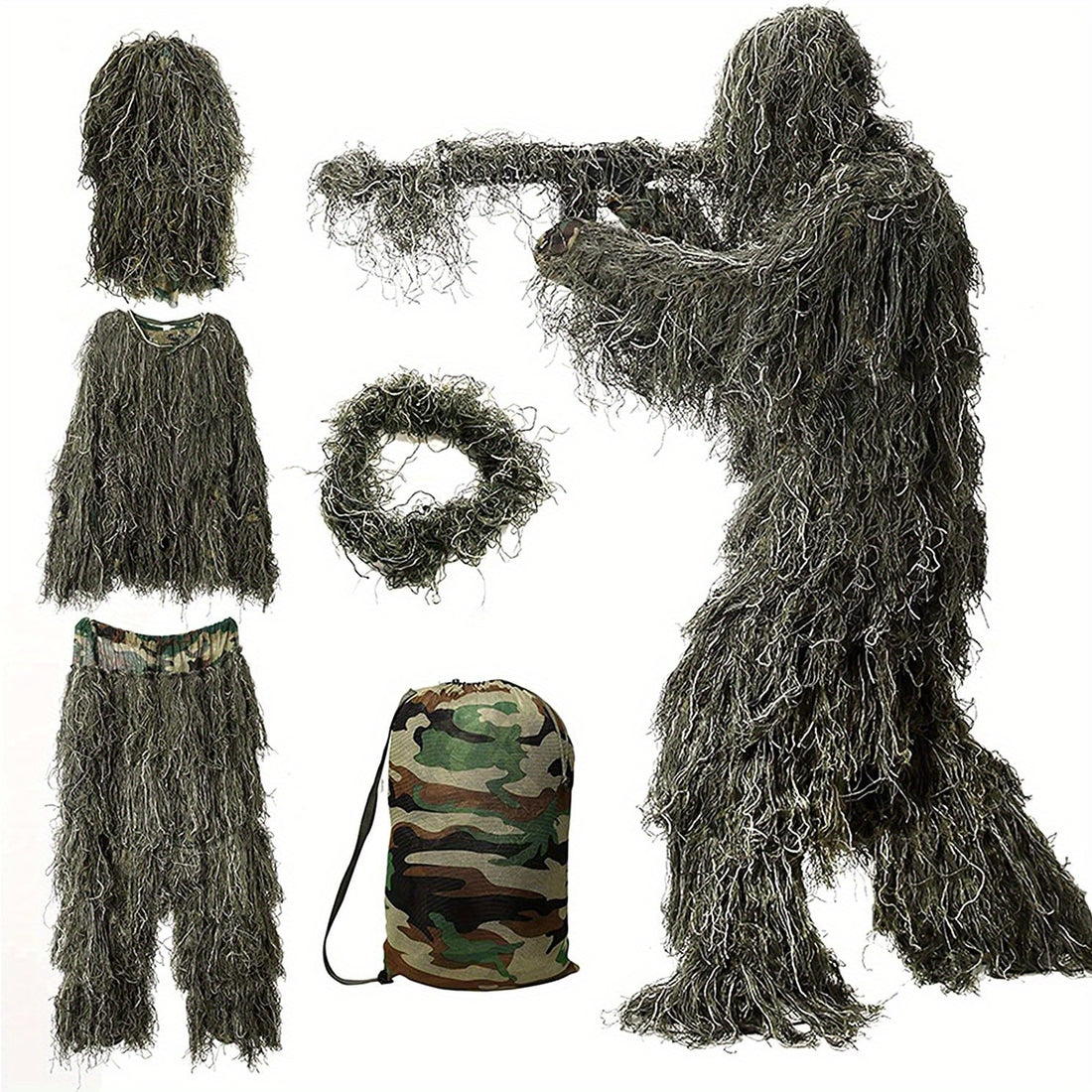When comparing messenger bags and other crossbody bags, you might find it confusing because they share a key feature: a long strap worn diagonally across the body.
Messenger bags are a specific style of bag, often worn crossbody, defined by their structured design and origins with bicycle couriers. In contrast, "crossbody" refers to a broader category of bags worn across the body. This article explains the differences in design, function, and use cases to help you select the right bag for your needs.
Understanding the Crossbody Style
A crossbody bag is defined by its wear: a single, long strap worn diagonally across the chest, with the bag resting on the opposite hip or back. This style is popular for its hands-free convenience, even weight distribution compared to shoulder bags, and added security compared to backpacks, as the bag stays closer to your body.
What is a Messenger Bag?
Messenger bags are a distinct style, historically designed for bicycle couriers to carry heavy loads securely. While they are typically worn crossbody, their unique features set them apart.
Key Features
- Design and Structure: A rectangular, structured shape, often made from durable materials like canvas, ballistic nylon, or leather. A large flap covers the main compartment, secured with buckles, magnets, or Velcro, to protect the contents from weather and movement.
- Size and Capacity: Generally larger than most crossbody bags to accommodate items like laptops (often in a dedicated padded sleeve), tablets, books, files, and water bottles.
- Strap and Comfort: Wide, padded straps distribute weight evenly, and some include a stabilizer strap that clips around your waist or torso to prevent bouncing during activities like biking.
- Compartments: Multiple pockets, both inside and outside, for pens, keys, cables, and other small items.
Best For
- Carrying laptops, books, or work/school supplies.
- Commuting by bicycle, public transport, or on foot.
- Day trips require extra gear, like cameras or jackets.
- Those needing durability and organization.

What Are Other Crossbody Bags?
This category includes a wide range of bags worn crossbody but designed for lighter, more casual use. They vary from minimalist pouches to structured satchels.
Key Features
- Design and Structure: Often have a simpler construction. Instead of a flap, they typically use a zippered or magnetic snap closure for the main compartment, though some may have more complex closures. They can be shaped like pouches, sling packs, or small satchels and are made from materials ranging from lightweight nylon to leather.
- Size and Capacity: Smaller and lighter, they hold essentials like a phone, wallet, keys, sunglasses, or a small notebook.
- Strap and Comfort: Narrower, adjustable straps work well for light loads but may be less comfortable if overfilled due to minimal padding.
- Compartments: Interiors are often simple, with one main compartment and one or two small pockets for cards or coins.
Best For
- Running errands hands-free.
- Casual outings, festivals, or events where you carry only essentials.
- Travel, as a secondary bag for passports, wallets, or phones.
- Minimalists seeking a lightweight, unobtrusive bag.

Direct Comparison: Key Differences
| Feature | Messenger Bags | Other Crossbody Bags |
| Primary Purpose | Carrying and protecting larger items (laptops, books) | Carrying daily essentials lightly |
| Typical Closure | Flap with buckle, magnet, or Velcro | Zipper or magnetic snap |
| Size & Profile | Larger, structured | Smaller, varied shapes |
| Strap | Wide, padded, often with stabilizer | Narrower, adjustable, minimalist |
| Organization | Multiple dedicated pockets | Minimalist; often one compartment |
How to Choose the Right Bag for You
Consider these questions to find the best fit:
What will I carry daily?
For laptops, books, or bulky items, choose a messenger bag.
For a phone, wallet, keys, or sunglasses, a smaller crossbody bag is enough.
Where will I use this bag?
For work, school, or commuting, a messenger bag offers durability and space.
For casual outings, travel, or light days, a crossbody bag is more convenient.
Do I prioritize organization or minimalism?
Messenger bags are ideal for those who need pockets for every item.
Crossbody bags suit those who prefer simplicity and less bulk.
Care and Maintenance Tips
To keep your bag in top condition:
-
Canvas/Nylon: Spot-clean with mild soap and water. Avoid soaking to prevent damage to internal linings.
-
Leather: Use a leather cleaner and conditioner to maintain suppleness and prevent cracking. Store away from direct sunlight.
-
Straps: Check for wear and tear, especially on adjustable buckles or sliders, and replace if needed.
- Waterproofing: Apply a waterproof spray to canvas or nylon bags for added protection, especially for commuting.
Style Tips
-
Messenger Bags: Pair with business casual outfits for a professional look or with jeans and a jacket for a rugged, urban style.
- Crossbody Bags: Complement casual outfits like t-shirts and shorts for festivals, or use a sleek leather crossbody with a dress for a chic, minimalist vibe.
Frequently Asked Questions
1. Can a messenger bag be used as a crossbody bag?
Yes, most messenger bags are worn crossbody due to their strap design, but their larger size and structure make them better for heavier loads.
2. Are crossbody bags unisex?
Absolutely. Both messenger and crossbody bags come in styles suitable for all genders, from sleek leather designs to sporty nylon options.
3. How do I know if a bag is durable?
Check for sturdy materials (e.g., ballistic nylon, full-grain leather) and reinforced stitching, especially around straps and closures.
Final Thoughts
Messenger bags and other crossbody bags both offer hands-free convenience and security. Your choice depends on your lifestyle, carry needs, and personal style: messenger bags are durable and spacious for work or commuting, while smaller crossbody bags are lightweight and ideal for casual outings or travel.
Shop our bag collection


